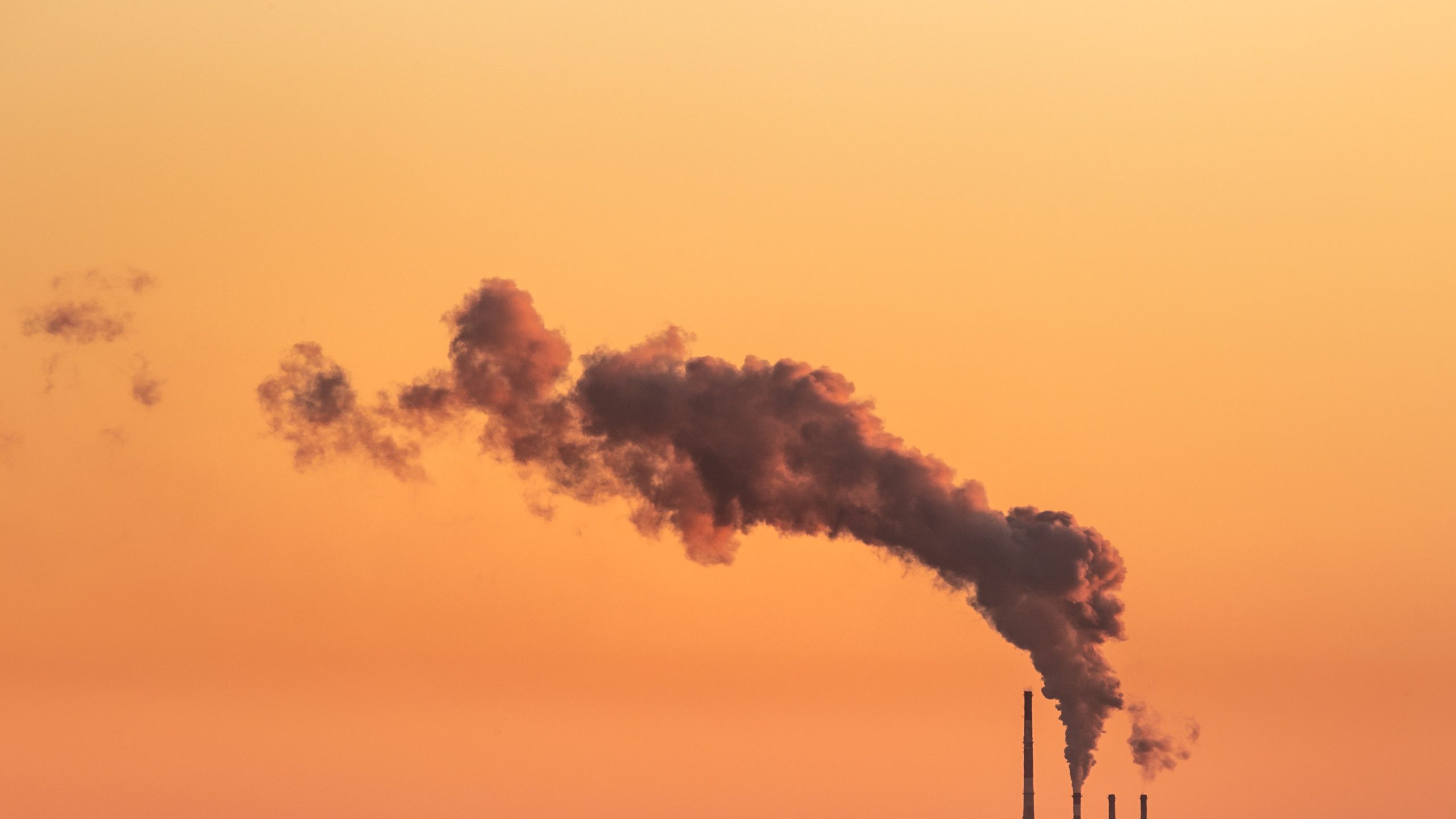Steel decarbonization needs to focus on implementing technology, markets: OECD The steel industry is making progress towards decarbonization in several areas, while development and implementation needs to strengthened as the sector is not on a trajectory compatible with climate goals, the Organization for Economic Cooperation and Development said in a report.
Support to scale up innovative steel production technologies and nurturing markets for near zero-emissions steel are needed, the Paris-based OECD said in a November paper. Additional sector investments, international cooperation and trade policies for ensuring competitiveness and a global playing field, and a consideration of strategic inputs and social areas are also required, it said.
While an increasing number of initiatives have been launched to support steel decarbonization, the sector’s contributions to meeting the Paris Agreement climate goal by 2050 lags behind, said the report led by OECD analyst Cecile Seguineaud. The steel sector accounts for nearly 8% of global emissions from the energy sector, the OECD said.
“While the nature and implications of the transformation have been largely explored, turning ambition into action is now the imperative,” Seguineaud said. “This echoes the COP 27 Presidency’s call for implementation, the current decade being critical to achieve the Paris Agreement’s objectives.”
While last year’s UN Climate Change Conference, or COP26, raised the urgency of increasing ambition and enshrined the momentum for steel decarbonization through its ‘Breakthrough Agenda’, the focus at this year’s COP27 in Egypt earlier this month has been on active changes for cutting emissions, the report concluded.
The OECD said more than 90% of global steelmaking capacity and production is now located in countries that have announced a net-zero target, while areas with carbon-pricing mechanisms currently cover less than 20% of global steelmaking capacity. Carbon prices have not reached the level that would be required to be in line with a net-zero pathway by 2050, the group said.
There is also a mismatch between country-level pledges and corporate commitments even as steel companies increasingly announced net-zero targets, it said.
“As of end-2021, companies with net-zero targets accounted for 30% of global steel production. This share has doubled over the last year, though more commitments would help reduce the mismatch even more,” it said.
As of the end of last year, 18% of global steelmaking capacity and production was in countries with a net-zero target enshrined “in law”, with about 60% related to a “policy document” and 18% upon a “political pledge,” it said.
Europe accounts for the majority of companies with net-zero targets, while Asian steel companies have increasingly adopted targets and Asia is the second-placed region after Europe in pledges, it said.
The OECD said blast furnace-based steel capacity represents more than half of newly planned capacity, exacerbating the risk of stranded assets, unless equipped with carbon capture, utilization and storage.
Scrap-based electric arc furnaces need help from a more structural shift in steel production for the sector to decarbonize to near zero emissions, it said.
“Beyond the pledges, near zero emission steel production has not yet taken off sufficiently,” the report said.
— Hector Forster






